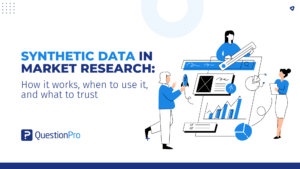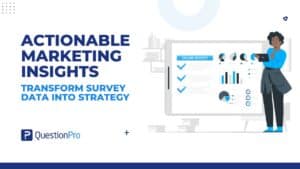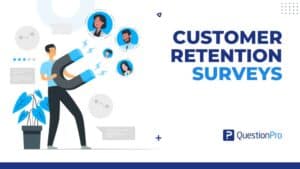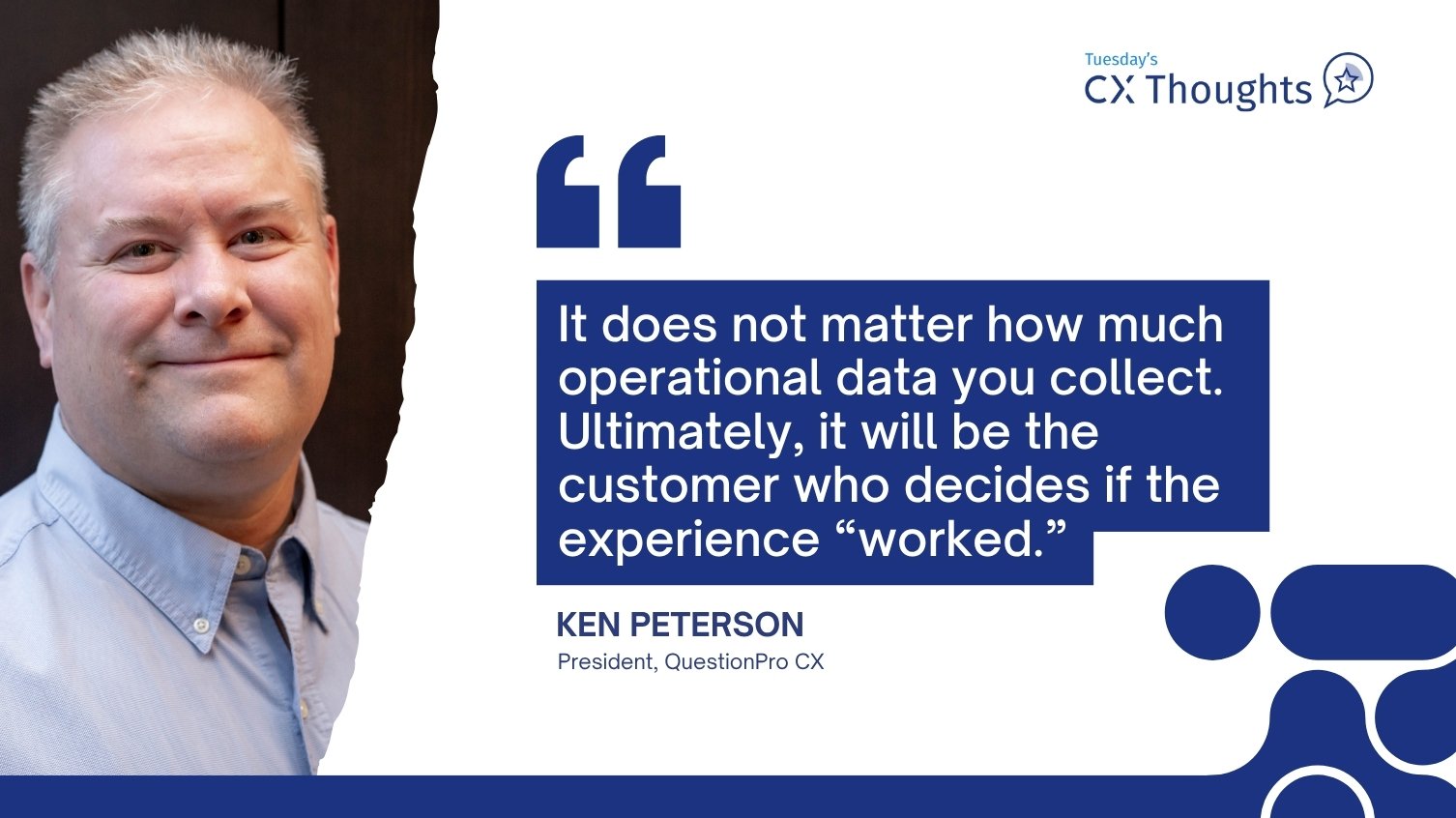
TCXT is a section of our blog where our Director of QuestionPro Customer Experience reflects and shares his thoughts on everyday moments and their relationship to customer experience.
Want to hear Ken Peterson’s thoughts directly? Watch the video summary here:
With few exceptions, I think most individuals within a brand are looking to ensure that the customer is satisfied with their experience. In the software industry, we find ourselves trying to have the most innovative software available. At the same time, the most innovative ideas do not always translate into a great product experience.
In my role, I get the opportunity to work on many different communications platforms. From collaboration tools like Slack and ClickUp to communications tools like Zoom, Microsoft Teams, and Google Meet. Recently, when working with one of them, we had a bit of an awkward moment in the midst of a conversation. We have just transitioned our organization from one meeting software to another. This requires some adjustments in finding the right button at the right time.
Since we do not really do “training” for such software (it is generally easy to use), we mostly learn on-the-fly, or really on-the-call. In this case, when he had finished presenting, my colleague attempted to stop sharing the screen, but ended up hanging up on the call. Since I was presenting next, I went ahead and started sharing my screen, it was easy to see the confusion. There was a button up top that said “Stop Presenting”, but also down below where most of the buttons reside, there is also a button that says “Stop Sharing” – coincidentally right next to the “End Call” button. While I’m very aware of this “issue”, I still have done it twice myself since that day.
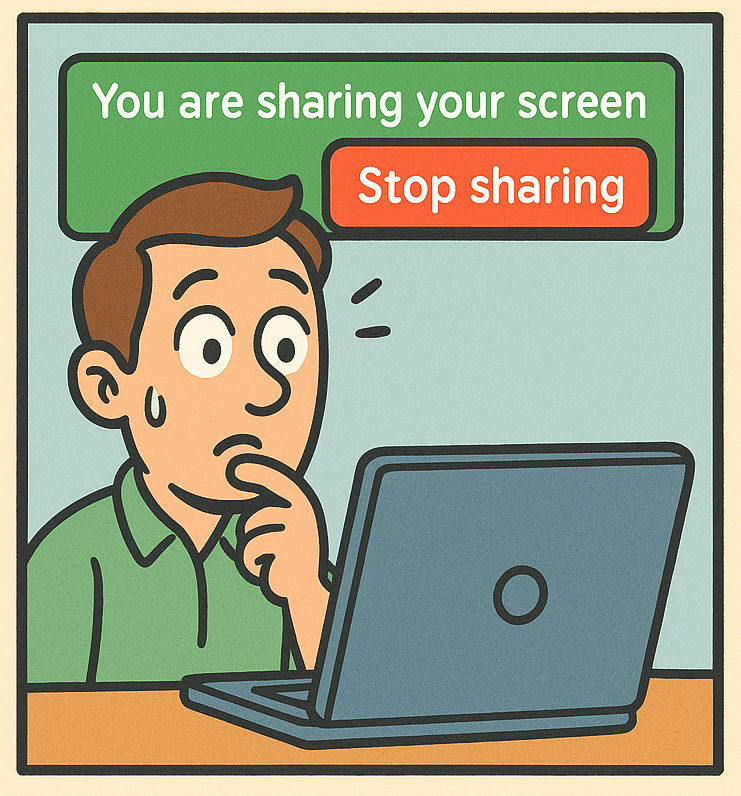
Here is a classic example of trying too hard to make something easy, that ends up making it more difficult. The product lead is likely trying to make the case that they want participants to be very aware that they are currently sharing their screen and to highlight how to stop. At the same time, unless you are very concise with your click, you may end up taking an action that you did not intend to make.
These “glitches” appear in everyday life as well. Where I get my haircut, there is a terrific mobile app that lets me check wait times and add myself to the waiting list if that timing works for me. Since wait times can vary from just a couple of minutes to well over an hour, I saw it as a great feature, but the use of that feature has turned out to be inconsistent. I have added myself to a waitlist, only to find out that I really did not. I joined the queue, then my phone closed the app and I had no way to confirm how much longer was my wait. I have also noticed that it is reliable for shorter wait times – where I really do not need the app – but quite unreliable with longer wait times when the app makes the most sense.
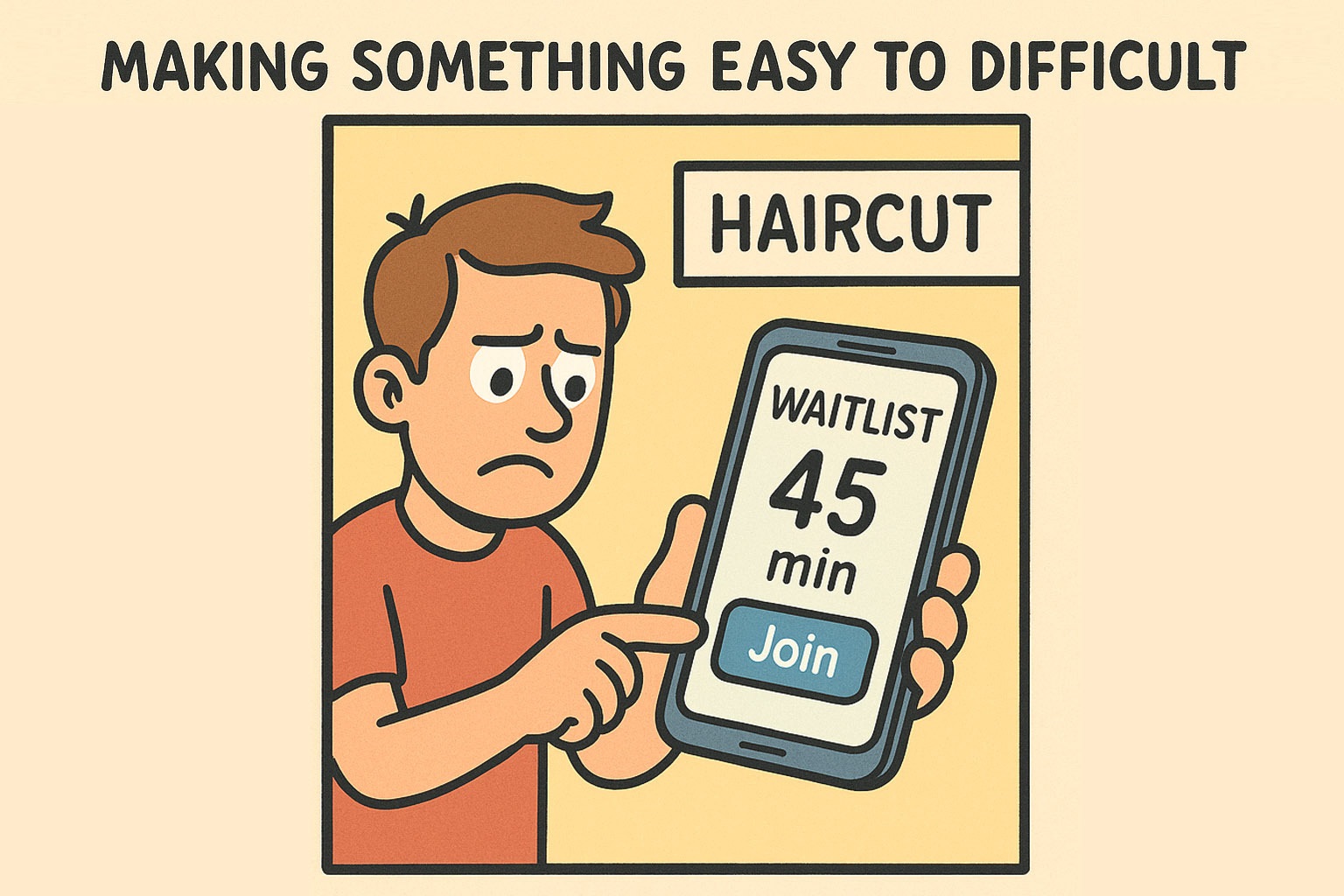
On a recent occasion, I found myself in a last-minute need for a haircut prior to going out of town. I noticed the hour-long wait, checked my calendar, and confirmed my time. As I worked, I noticed the time getting long, increasing at one point to nearly ninety minutes after I had already waited forty-five minutes. Now I was starting to worry that it would run into my next scheduled appointment. It finally started to decrease, and I timed my departure to arrive around five minutes prior to my expected wait time ending. Then it all went awry. When I showed up, I was still eighth in line. When I checked in, they said it would be another thirty minutes. After waiting another forty-five minutes, I had to leave without my haircut and feeling like I had lost nearly two hours of wait time.
In speaking with someone in the industry, I found that it was a common complaint. Reliable for short wait times, but not for longer waiting periods. It is a case of engineering not understanding the nuances of what happens in local outlets, and designers not considering the necessary information to make the experience at least satisfactory.
I used to have a role that operated completely by “formulas”. I used those to plan labor and predict product replenishment requirements. The one thing I never considered was the last-minute emergencies that created a run on products. As I now call it – the human experience.
It does not matter how much operational data you collect, or how much design experience is part of the product build – ultimately, it will be the customer that decides if the experience “worked”. Innovations without their input may just flop otherwise.
Measure the experience you are delivering to your customers
Understanding customer satisfaction levels and their perception is essential to evaluating the impact of our efforts across every aspect of our business. Our main goal remains the same: providing a great experience.
If you’re also interested in gaining deeper insights into your customer base, QuestionPro Customer Experience offers the necessary tools to help you achieve this. Schedule a demo now—we’ll be happy to guide you through the platform and learn about the challenges in reaching your goals.





